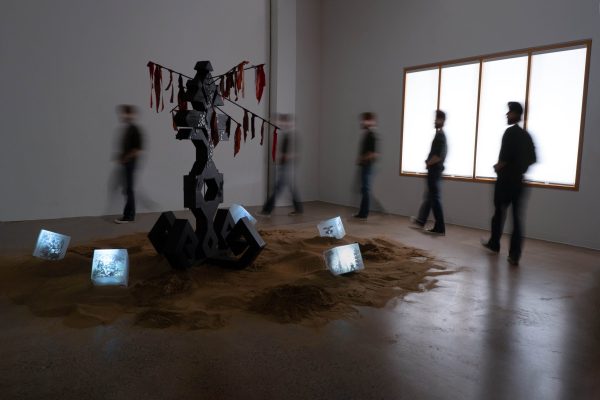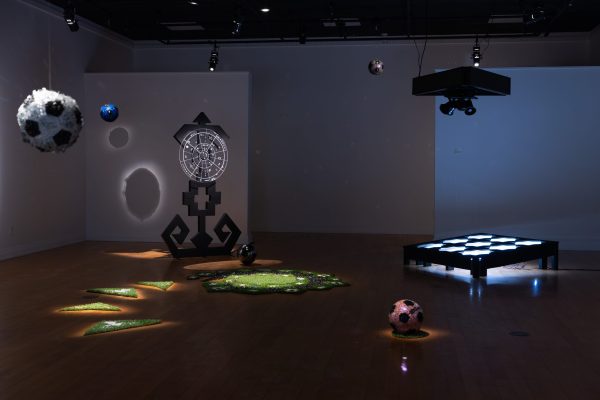Yekta Çetinkaya is a visual artist and writer from Istanbul, Turkey, currently living and working on the unceded, unsurrendered Territory of the Anishinaabe Algonquin Nation whose presence here reaches back to time immemorial.
His practice encompasses installation, sculpture, and painting, through which he explores the transient nature of knowledge and visual culture with an inquiry into non-linear time. His works are introductions to other stories, which exist in past, present, and future, traversing within and between cultures, communities, and histories. They aim to initiate dialogue between historical narratives of multiple perspectives, destabilizing the entrenched colonial history of progress, and generating new knowledge for the future. Oscillating between numerous aesthetic and research interests, such as Anatolian visual culture and folk practices, Islamic mathematical art/architecture, and speculative fiction, his works negotiate a multitude of cultural, social, and political terrains, but stay emotionally connected to the homeland. They reveal remote relationships between worlds, and establish new connections through motifs and patterns.
Alongside his artistic practice, he is a writer, curator, and team member of Nosy Mag, an Ottawa-Gatineau based artist collective examining and building the region’s culture through exhibitions, essays, events, and by providing resources.





